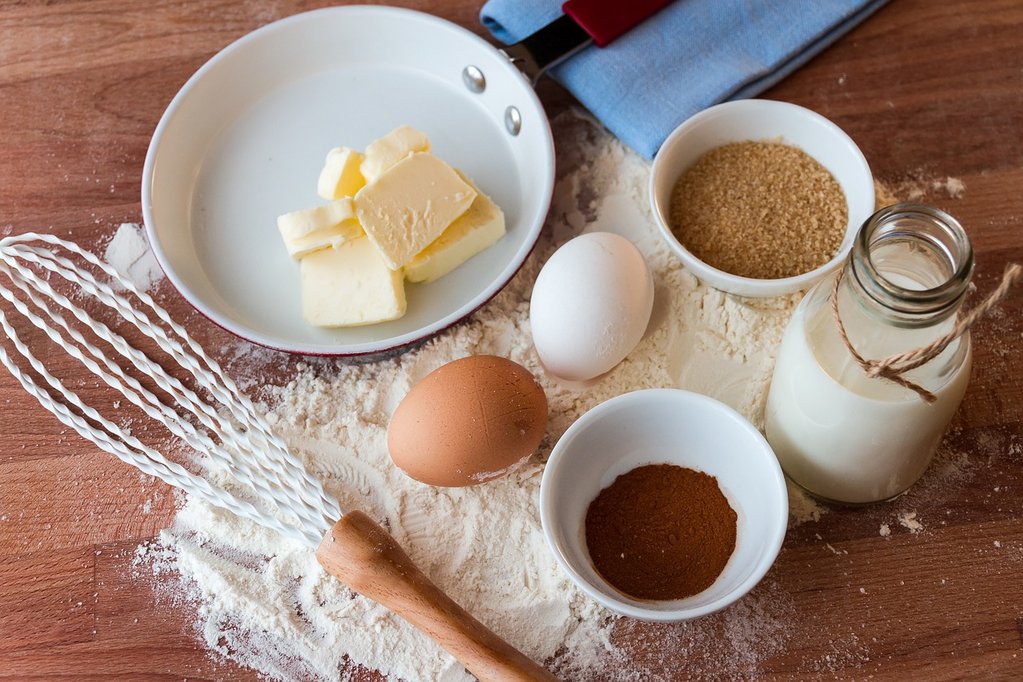ZIMSEC O Level Biology Notes: Chemicals of Life: Chemicals of Life: Test for Carbohydrates
- We have already looked at the structure, properties and use of carbohydrates here
- We will now examine the test for carbohydrates in food
- The nature and order of tests carried out depends on whether we are dealing with a reducing sugar or non-reducing sugars
- Non-reducing sugars do not have an OH group attached to the anomeric carbon so they cannot reduce other compounds
- . All monosaccharides such as glucose are reducing sugars
- A disaccharide can be a reducing sugar or a non-reducing sugar
- Examples of disaccharides that are reducing sugars include maltose and lactose
- Common table sugar (sucrose) is a non-reducing sugar on the other hand
Test for reducing sugars
Aim
- To test for the presence of carbohydrates/reducing sugars within given food samples
Materials
- Different food samples including meat, sadza, pasta, bananas, tomatoes etc
- Benedict’s solution (which is originally blue in color)
- Test tubes
- Heating bath or beaker with water and Bunsen burner
- Food mixer and bowels
Method
- Put each food sample into a bowel and cut or grind it into smaller pieces if it is solid
- Pour in some warm water into each bowel
- Use a food mixture to thoroughly mix the food and water in each bowel, make sure to thoroughly clean the food mixer before moving to the next bowel or use different food mixers for each bowel
- Take a sample from each bowel and put the food into test tubes
- Pour Benedict’s solution into each test tube
- Stand the test tubes into a heating water bath or a beaker with water and heat it
- Observe colour changes as you continue to heat the mixture
Observation and conclusion

Color changes in Benedict’s Solution
- If there are reducing sugars the color changes of the Benedict’s solution changes from Blue to Green to Yellow to Orange and ultimately Brick-red/Orange Red
- The intensity of the colour represents the amount of the reducing sugars in this solution
- The exact concerntration of reducing sugars can also be obtained using a color chart obtained by testing foods with known reducing sugar quantities
Testing for non-reducing sugars

Sucrose is a non-reducing sugar
- When dealing with non-reducing sugars such as sucrose
- The food stuffs have to be first mixed with warm water
- The solution/mixture has to be hydrolyzed by adding dilute Hydrochloric Acid (HCl) and heating the mixture
- Then neutralised using Sodium Hydrogen Carbonate/ Sodium bicarbonate (NaHCO3)
- After this the test for reducing sugars can be carried out
To access more topics go to the O Level Biology Notes page




